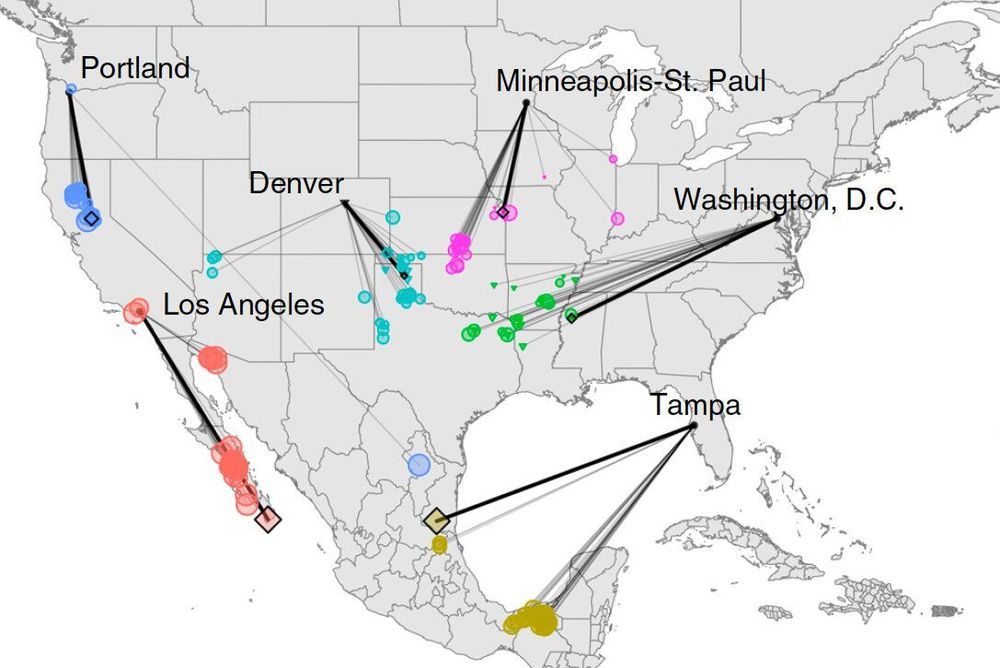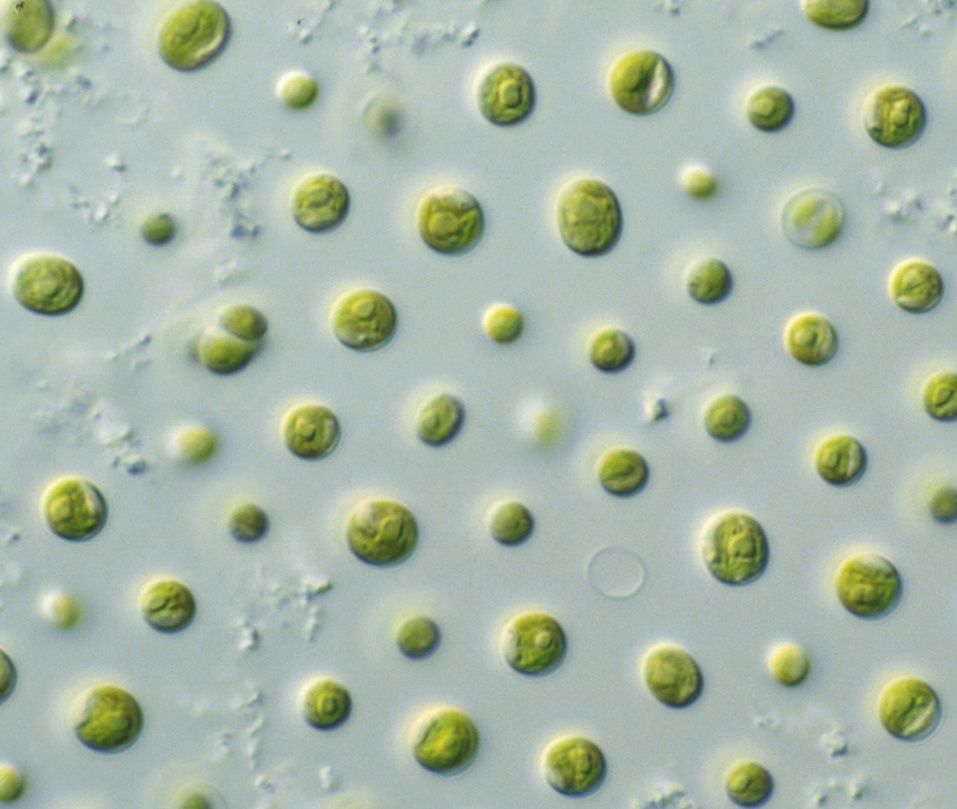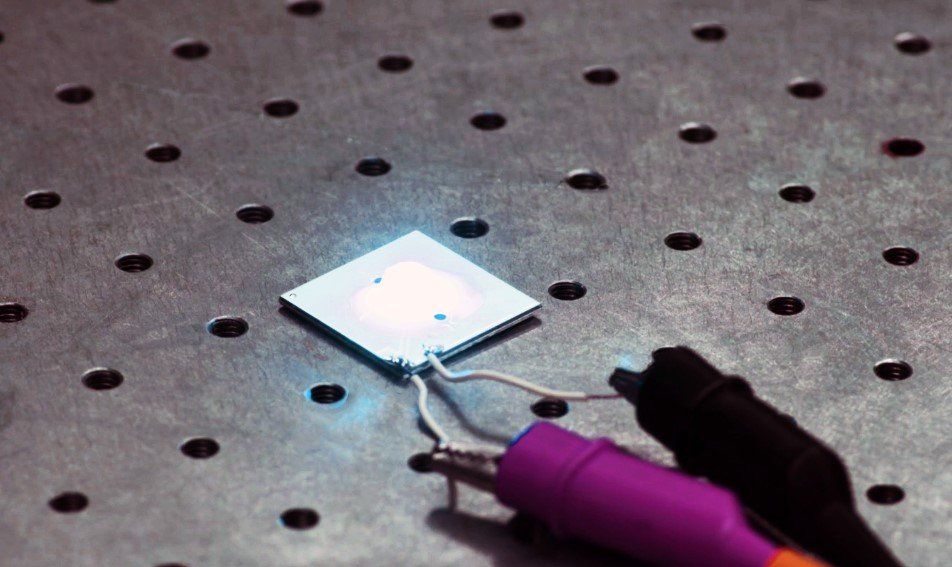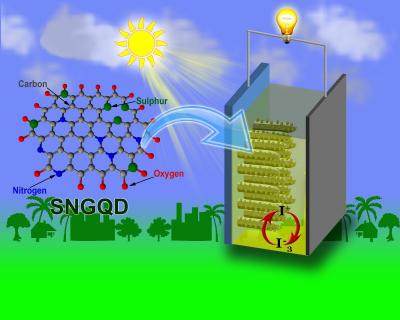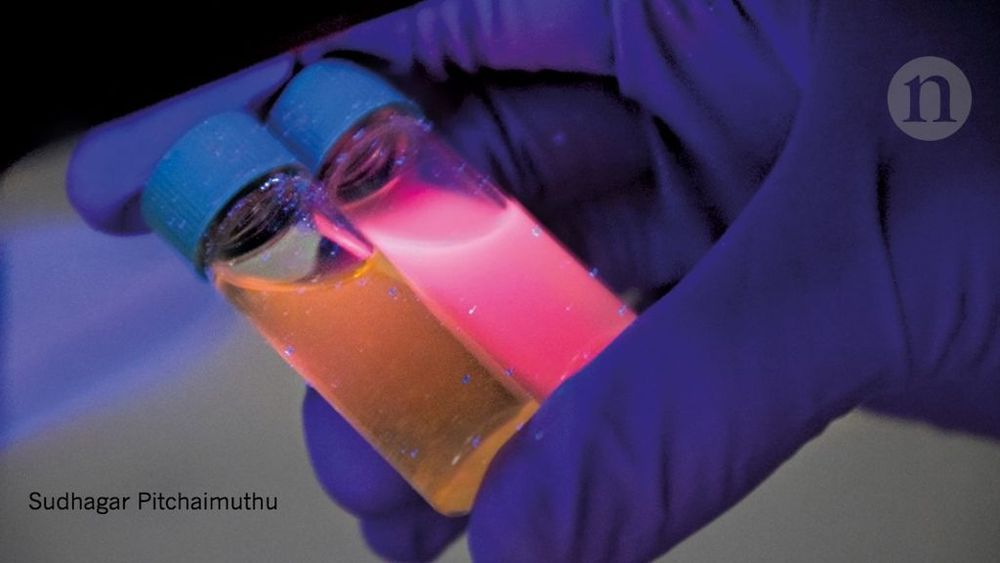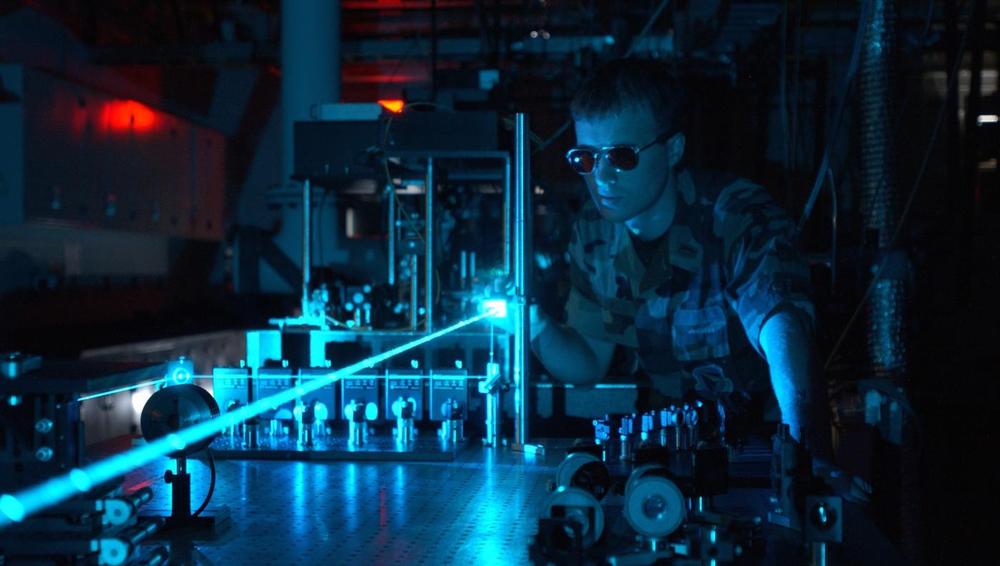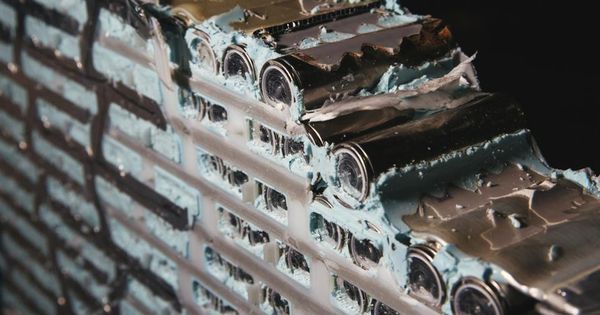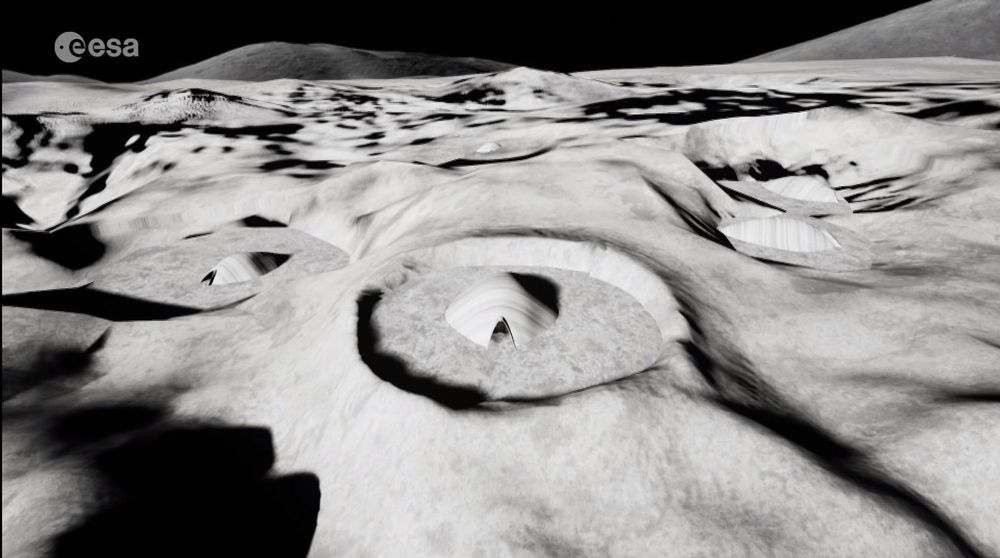In one generation, the climate experienced in many North American cities is projected to change to that of locations hundreds of miles away—or to a new climate unlike any found in North America today.
A new study and interactive web application aim to help the public understand how climate change will impact the lives of people who live in urban areas of the United States and Canada. These new climate analyses match the expected future climate in each city with the current climate of another location, providing a relatable picture of what is likely in store.
“Under current high emissions the average urban dweller is going to have to drive more than 500 miles to the south to find a climate like that expected in their home city by 2080,” said study author Matt Fitzpatrick of the University of Maryland Center for Environmental Science. “Not only is climate changing, but climates that don’t presently exist in North America will be prevalent in a lot of urban areas.”
